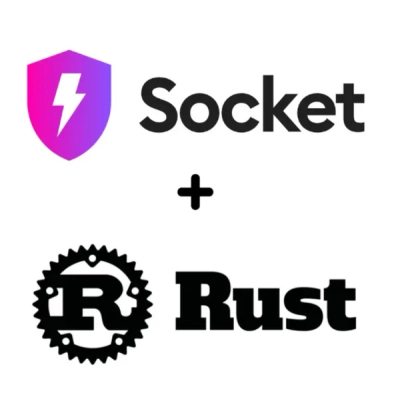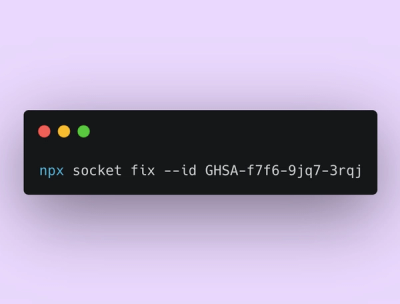
Product
Rust Support Now in Beta
Socket's Rust support is moving to Beta: all users can scan Cargo projects and generate SBOMs, including Cargo.toml-only crates, with Rust-aware supply chain checks.
ReporTree produces nested static HTML reports with buttons to navigate through many optional subpages.
|doc-badge|
.. |doc-badge| image:: https://github.com/protivinsky/reportree/actions/workflows/builddoc.yaml/badge.svg :alt: doc :target: https://protivinsky.github.io/reportree/index.html
ReporTree produces nested static HTML reports with buttons to navigate through many nested pages.
.. warning:: The old approach that relied on loading local content via javascript was removed and all the nested subpages are stored in a single html file, even with charts embedded as base64 in version 0.0.9.
The documentation has not been fully updated yet. The previous version 0.0.4 fully supports the old approach.
I will update the package to version 0.1.0 after fixing documentation and cleanup.
The package can easily produce reports with many nested levels and hundreds of Matplotlib plots.
.. warning::
The selection of pages in nested reports works correctly only when served from the webserver (even the Python one
works fine for local development, python -m http.server).
The selection is done via Javascript and the targets are loaded on the fly. When the reports are
displayed locally, different files are considered as Cross-Origin access and the loading is blocked
by the browser. Single page reports (i.e. Leaves) work fine.
This issue can be solved by using Mozilla Firefox for local browsing with changing
`security.fileuri.strict_origin_policy` to `false` (in `about:config`).
.. code:: python
import reportree as rt
import seaborn as sns
import matplotlib.pyplot as plt
import numpy as np
fig1, ax1 = plt.subplots()
sns.lineplot(x=np.arange(10), y=np.arange(10), marker='o', ax=ax1, color='red')
ax1.set_title('Upward')
fig2, ax2 = plt.subplots()
sns.lineplot(x=np.arange(10), y=np.arange(10, 0, -1), marker='o', ax=ax2, color='blue')
ax2.set_title('Downward')
l1 = rt.Leaf([fig1, fig2], title='Leaf example')
l1.save('/tmp/example1')
l2 = rt.Leaf(fig1, title='Only upward')
l3 = rt.Leaf(fig2, title='Only downward')
b1 = rt.Branch([l1, l2, l3], title='Branch example')
b1.save('/tmp/example2')
b2 = rt.Branch([rt.Branch([b1, l1]), l2, l3, b1], title='Nested example')
b2.save('/tmp/example3')
The code produces following reports:
Leaf example ............
.. image:: https://raw.githubusercontent.com/protivinsky/reportree/main/doc/images/example1.png :width: 1000 :alt: Example 1
Branch example ..............
.. image:: https://raw.githubusercontent.com/protivinsky/reportree/main/doc/images/example2.png :width: 1000 :alt: Example 2
Nested example ..............
.. image:: https://raw.githubusercontent.com/protivinsky/reportree/main/doc/images/example3.png :width: 1000 :alt: Example 3
FAQs
ReporTree produces nested static HTML reports with buttons to navigate through many optional subpages.
We found that reportree demonstrated a healthy version release cadence and project activity because the last version was released less than a year ago. It has 1 open source maintainer collaborating on the project.
Did you know?

Socket for GitHub automatically highlights issues in each pull request and monitors the health of all your open source dependencies. Discover the contents of your packages and block harmful activity before you install or update your dependencies.

Product
Socket's Rust support is moving to Beta: all users can scan Cargo projects and generate SBOMs, including Cargo.toml-only crates, with Rust-aware supply chain checks.

Product
Socket Fix 2.0 brings targeted CVE remediation, smarter upgrade planning, and broader ecosystem support to help developers get to zero alerts.

Security News
Socket CEO Feross Aboukhadijeh joins Risky Business Weekly to unpack recent npm phishing attacks, their limited impact, and the risks if attackers get smarter.